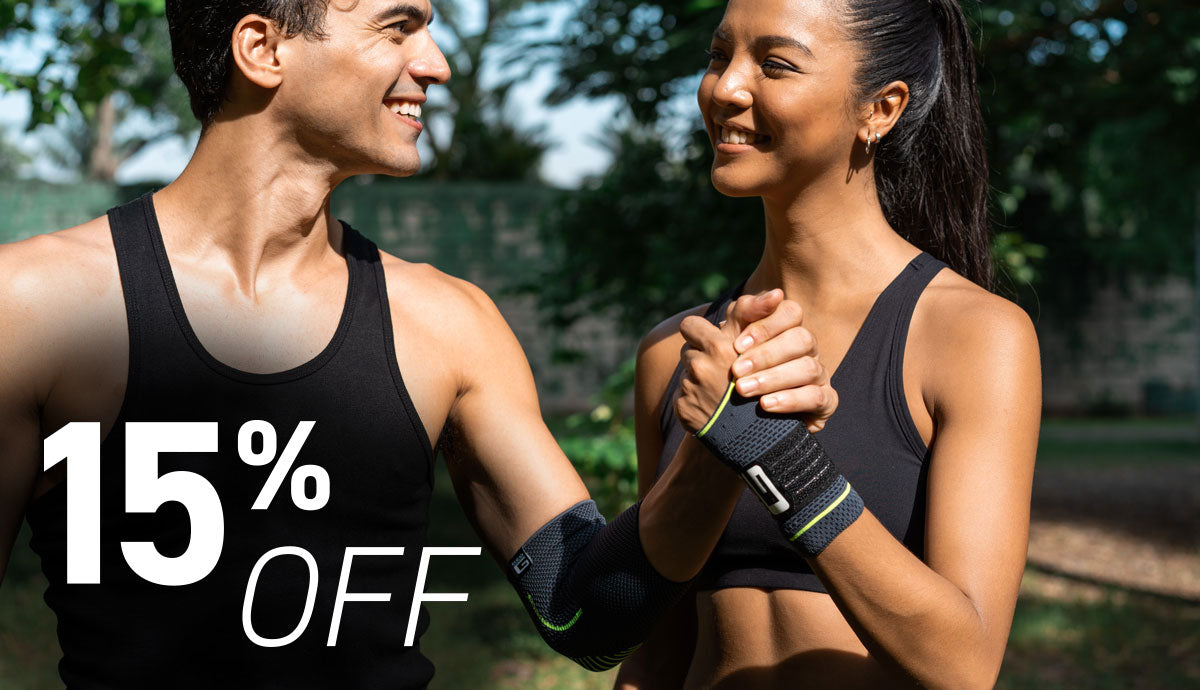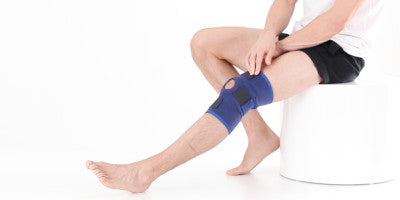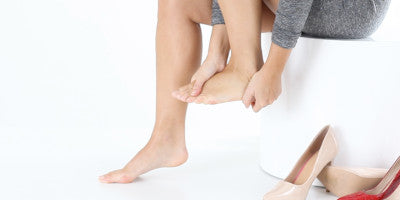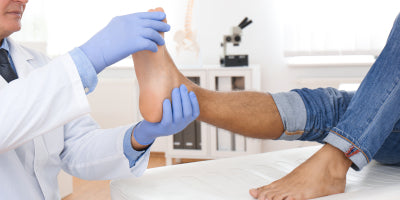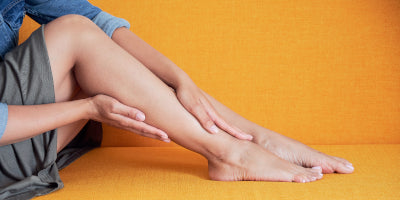How Exercise Can Help Aid Osteoarthritis Symptoms.
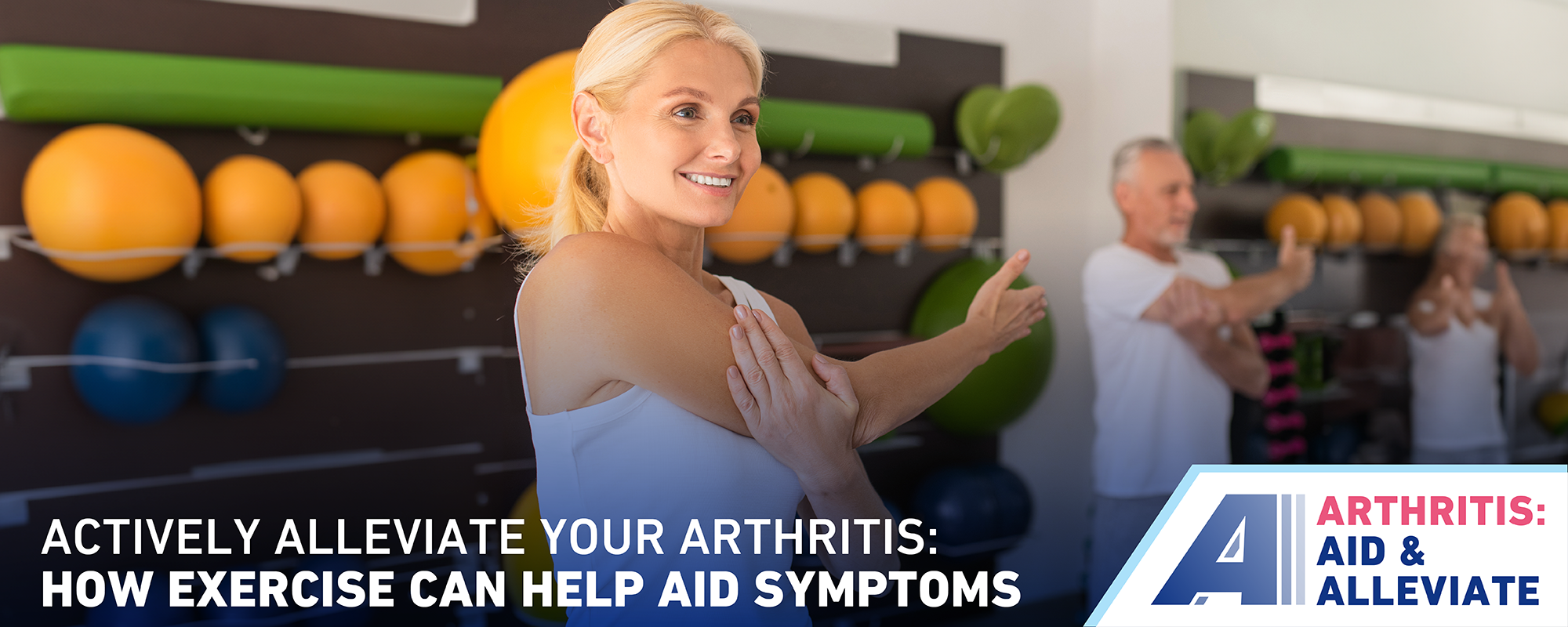
Though previously an osteoarthritis diagnosis was met with pessimism, automatic attribution to wear-and-tear and consignment to surgery; now, it is met with the correct internationally recommended front-line treatment of education and exercise, undertaken with positivity, optimism and persistence, which can delay surgery.
The need for positivity
Facing an osteoarthritis diagnosis can be challenging, but maintaining a positive outlook is crucial in managing this condition effectively. Cultivating positivity not only enhances mental well-being but also plays a pivotal role in physical healing. Engaging in activities like swimming, walking, or yoga not only enhances physical function but also releases endorphins, boosting mood and reducing the perception of pain. Embracing a positive mindset, coupled with a commitment to regular, suitable exercise, empowers you to actively participate in their own healing process, fostering a sense of control and resilience in the face of osteoarthritis.
Benefits of exercise on Osteoarthritis
While it might seem counterintuitive to move when experiencing joint pain, gentle exercises tailored to individual capabilities can significantly improve flexibility and reduce stiffness.
Exercise plays a pivotal role in the management of osteoarthritis, offering multifaceted benefits at both the physiological and psychological levels. Structured exercise programs improve joint stability through strengthening the surrounding muscles, providing better support and reducing the load on affected joints. Regular physical activity enhances proprioception and balance, crucial elements in preventing falls and minimizing joint stress. Furthermore, exercise promotes the production of synovial fluid, lubricating the joints and facilitating smoother movement. Aerobic exercises, such as walking or swimming, stimulate cardiovascular health, can foster efficient oxygen delivery to tissues, including the joints, which aids in tissue repair.
Strength training exercises increase muscle mass and strength, thereby improving overall joint function. Exercise also mitigates pain perception by triggering the release of endorphins, acting as natural painkillers, and simultaneously reduces inflammation by promoting the production of anti-inflammatory cytokines. Psychological benefits, including improved mood, reduced stress, and enhanced quality of life, are also notable outcomes of regular exercise in individuals with osteoarthritis. Overall, exercise stands as a cornerstone in the holistic management of osteoarthritis, positively impacting joint health, pain management, and overall well-being.
Exercise for the knee
Quadricep strengthening:
Sitting with your legs stretched out straight in front of you, place a rolled-up towel underneath one of your knees.
Concentrate on straightening your leg while pushing the back of your knee into the towel
Pull your foot towards you so that your heel lifts off the floor.
Hold this position for 5 seconds, if you can’t hold for the full 5 seconds hold for as long as possible
Relax for 5 seconds and then repeat 10 times before moving on to the other leg
Why is this beneficial:
This exercise is great for strengthening the stabilising muscles of the knee and encouraging the knee joint to be in a fully straight position. This is crucial for maintaining mobility in the knee joint and by strengthening the surrounding muscles you can take pressure off the joint resulting in a reduction in pain.
Exercise for the hip
Standing Hip adduction:
Have something solid to hold onto at around hip height. Stand next to the object side on with one hand holding the object for support.
Lift your leg up straight to the side away from your body, ensuring your body is straight throughout the movement.
Hold this position for 5 seconds, if you can’t hold for the full 5 seconds hold for as long as possible
Repeat 5 times then move onto the other leg.
Why is this beneficial:
This exercise is beneficial for both maintaining strength in the muscles that allow the leg to move sideways as well as working on balance for the leg that is kept on the floor. By working on both, you help to maintain a level of mobility in the hip joint that is required for everyday tasks such as climbing the stairs. Also, if strength is lost in the muscles that surround the hip joint, then other structures will try to take the strain which can result in further pain later. The exercise is also easy to progress by simply using resistance bands. These come in varieties of strengths meaning it’s a great way to see progression and keep motivation high for individuals.
Exercise for the ankle
Wall Push/Calf Stretch:
Place your hands at shoulder height on a wall with your body facing the wall.
Place one foot in front of the other so that there is a bend in your front leg, but your back leg is straight.
Bend the front knee towards the wall ensuring that the heel of the back leg remains on the floor. Continue to bend the front leg forward until you feel a stretch in the calf muscle of the back leg.
Once tight hold the position for 10-15 seconds and then relax.
Repeat 2-3 times and then switch legs
Why is this beneficial:
This stretch is particularly important for you to maintain the required range of motion in the ankle joint for you to walk safely. One way the body will naturally try to relieve arthritis pain in the ankle and foot is raising the heel and putting less pressure through that foot which over time will shorten the calf muscle at the back of the leg. When you bring your toes up towards your feet the calf muscle is stretched and if this muscle becomes shorter it will limit how far you can bring the toes up. If you cannot get back to a neutral position e.g.: foot flat on the floor with the leg at a 90-degree angle then you run the risk of tripping when you walk as the toes will be pointed down.
Exercise for the wrist and fingers
Finger strengthening:
Place a towel or tissue that is wider than your hand on a table.
Place your hand over the towel and stretch your fingers as wide apart as possible.
Press down into the table and bring your fingers together so that the towel bunches between the fingers. Hold the position for a couple of seconds
Relax and repeat, each time trying to get the fingers further apart before bringing back together
Hand/ Grip strengthening:
Start as per the finger strengthening exercise above.
Press down into the table and bring your fingers together to form a fist shape with the towel bunched inside your hand
Hold the position for a couple of seconds
Relax and repeat, each time ensure to get back to the start position with fingers straight and apart
Why is this beneficial:
Along with knees, hands are one of the most common areas that arthritis will affect that you will notice in everyday life. These two exercises help to work on your grip strength when holding the towels, while also working on stretching and maintaining range of motion in the fingers. Both of these areas are crucial for maintaining independence in everyday life so it’s vital these are worked on regularly as part of your normal daily exercise routine.
Hopefully, we’ve shown how exercise is a valuable asset for arthritis sufferers, offering enhanced joint flexibility and reduced pain. Also significant in dealing with arthritis are medical grade supports and braces. These aids provide targeted support to affected areas, reducing strain and discomfort during physical activities. Incorporating supports into daily routines can improve mobility and overall quality of life for individuals dealing with arthritis. Whether it's walking, stretching, or engaging in low-impact exercises, the use of a support or brace ensures better joint functionality, allowing for a more active and comfortable lifestyle. Explore our range of arthritis supports here.
